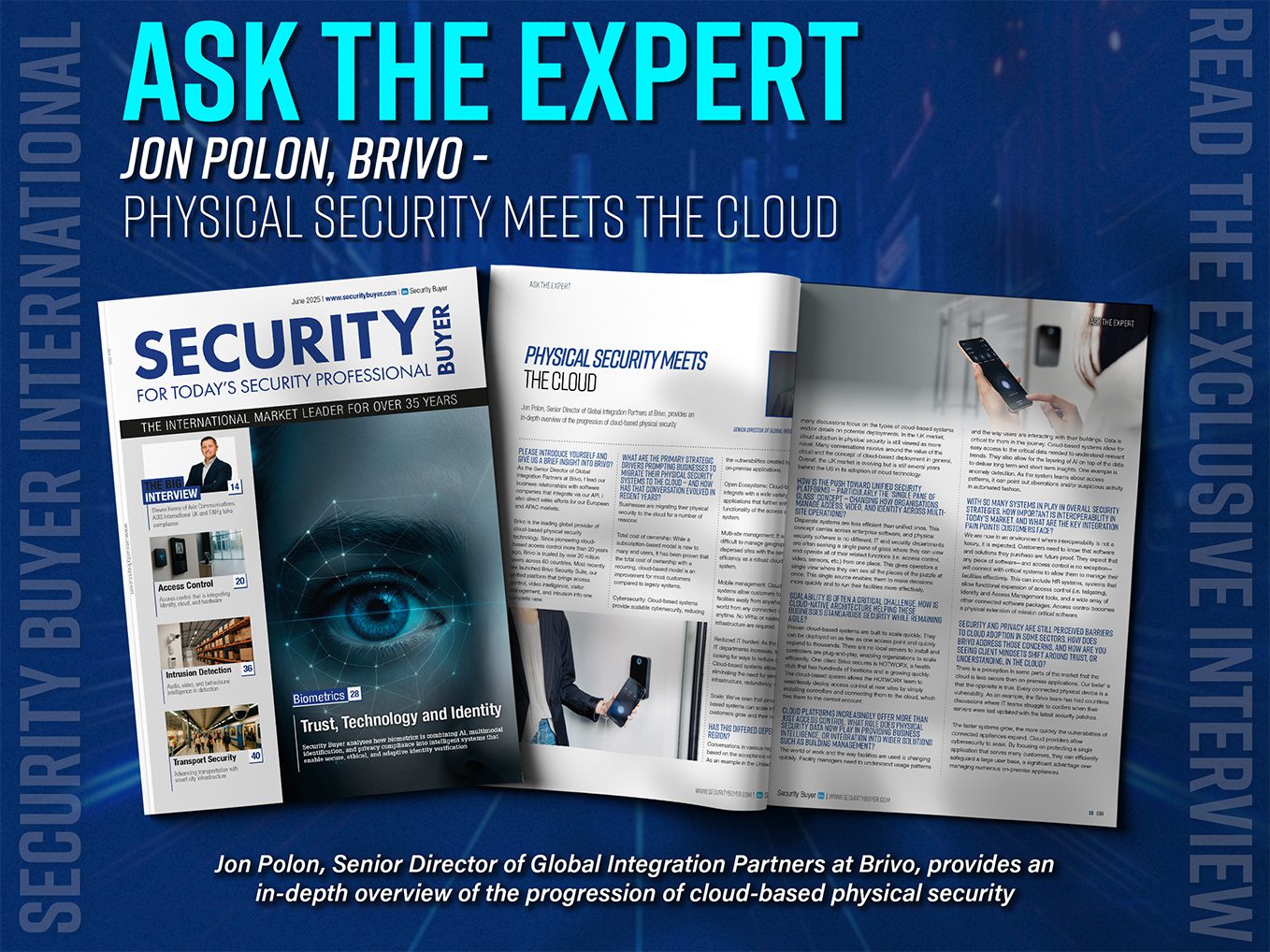By ignoring standards and making their systems too complicated to use in the field, major manufacturers of DVRs and NVRs are failing to meet the needs of forensic CCTV investigators and jeopardising product sales, writes forensic video analyst David Spreadborough.

I have attempted over the last few weeks to think back to my first encounter with an Intellex Disk. I have been recovering and Investigating video for nearly 12 years and to be honest, I can’t remember what I did last week let alone 12 years ago, but I am pretty sure it was a difficult rite of passage.
The reason why I mention an American Dynamics Intellex disk is that it was from a large local store. It was store that provided video evidence on a daily basis and the manager was very proud of their new digital system. It was also one of the first that I can remember having problems with!
- I needed to install the software on a computer just to view the visual evidence, and this was not permitted on the internal secure network at the police station where I worked.
- The disk could not be played anywhere within my organisation or any associated agency.
- Once a stand-alone system with no administration hurdles had been identified, and the footage could be viewed, there was no method of exporting it onto something that all agencies could manage.
- Other software was therefore required to be used, in order to capture/ record the display and convert it for use.
We had a system that held video, but dealing with it required a bit of time, equipment and knowledge. Moving forward, where are we today, twelve years down the line?
Pretty much in the same boat!
The proprietary American Dynamics Active Content Compression (ACC) technology means that although the video data works very well with their player, any person wishing to analyse the encoding or visual footage effectively away from the player is unable to do so.
Although the Intellex systems have not seen much change over the years, this scenario is common in many large video recording systems, including some very Modern IP VMS’s. Modified, proprietary video data that cannot be extracted, analysed and validated away from the manufacturer’s system or software. There are much worse – out of politeness they won’t get named – and some don’t even play correctly in the player designed by the manufacturer themselves!
In contrast let’s look at a cheap, unbranded DVR that I examined recently.
It was an H.264, 4-channel DVR with 2TB of storage. The drive partition format (Ext3) was readable with each stream in a separate folder and then an easy folder structure of date and hour. Each video was given a .264 extension and lasted 1 hour.
- Easy graphical user interface (GUI)
- Networkable for viewing and direct download
- USB 2.0 for exporting footage and it could ‘see’ a 500GB USB hard disk drive
- I could read the drive natively or I could clone it
The H.264 video was recorded in its highest quality setting with a full 25fps. The date / time were hard encoded into the video streams.
Cutting a long story short, how easy was it to deal with that footage? Answer: very easy.
- I could evidentially export any amount of footage.
- I could validate these exports back to the data on the HDD.
- I could easily play the streams, using either the supplied software or any other software capable of playing raw H.264 streams.
- The streams could be analysed to identify encoding structure.
- The streams could be transcoded for any investigative presentation purpose.
The ability for footage to be easily exportable, validated, viewed and investigated is a huge benefit. The big players in the surveillance video world need to take an urgent look at how their products are used throughout the entire cycle and not just end at the installation. I believe that if manufacturers start to develop their products with the ‘end game’ in mind, they will be able to use this to their advantage.
What do I mean? Well, let us look at what could happen if a manufacturer didn’t bother. What if they only looked at themselves, and the purchaser, and not at the purpose of the video? To remind you, the purpose of a DVR/NVR is to retain a true and accurate video representation of an event.
Is it possible that in the next few years, the increase and ease of access to video recordings could result in an increase in the questions of validity and authenticity? I have seen a number of examples where I have identified missing frames, skipped frames during playback, aspect ratio distortion.
Is it possible that if an investigation is forced to start with a non-standard, proprietary product – and there is no method to effectively deal with the video – then more manufacturers could get called to give evidence to explain anomalies?
The benefits of open standards are being seen in the likes of ONVIF. Turning away from surveillance video for a moment, we can even see them in the use of API’s between Apps. Everyone’s a winner!
Ensuring compatibility is a huge bonus, and one that is very underplayed by the few companies that do actually make life easier for investigators.

So, at this year’s IFSEC, I will be running a little challenge!
I could have kept this to myself and then posted the results afterwards, but that would defeat the object. By telling manufacturers now, I hope that it will emphasize the case for using the ease of use and open standards as a USP.
Questions:
Can you show me how easy it is to export evidential video from your DVR / NVR / Cloud Storage?
- How about USB 3.0, and download of any size, including ALL recorded data
Can you show me how easy it is to play this on a standard Windows 7 computer?
- Remember – nothing should be required to be installed
Can you show me how easy it is to analyse and understand the format of video?
- Metadata such as GOP structure, frame type, etc.
Are there functions to deal with the evidential video within your software?
- Single and sequential frame extract, transcode video into various formats, export time/date info as a subtitle.
Is it possible to deal with the evidential video away from your software?
- Will it automatically be readable by third-party and standard video software.
I can’t wait to find out who the winners are!
• David Spreadborough has 12 years’ experience as a forensics video analyst for a UK police force. He can be found on LinkedIn.
















